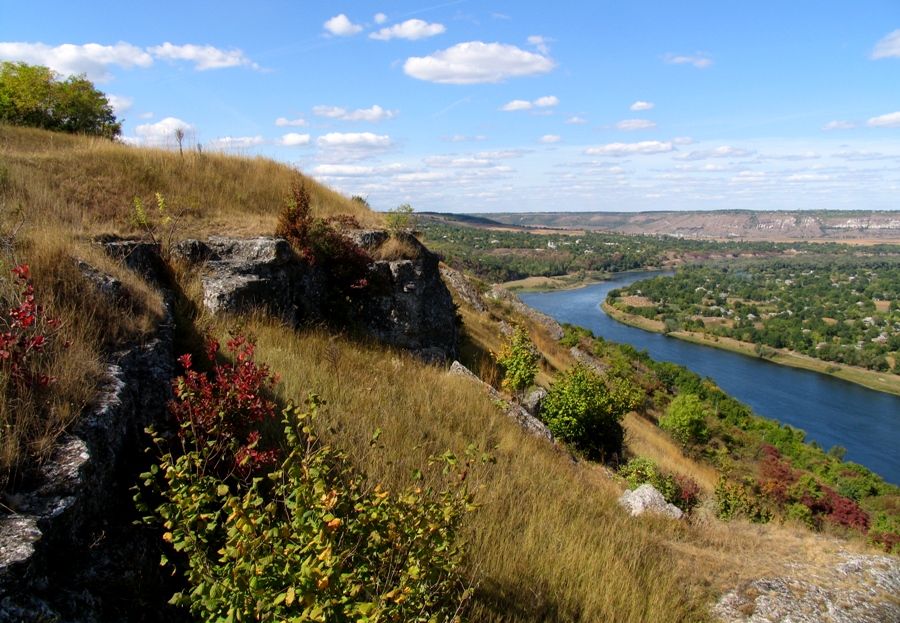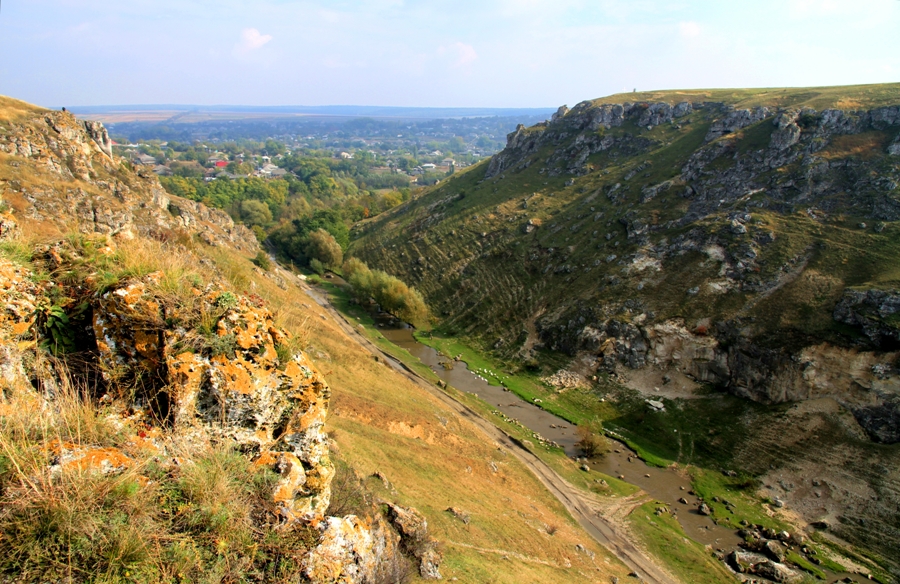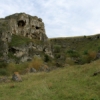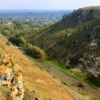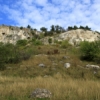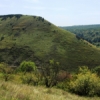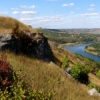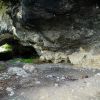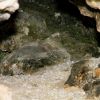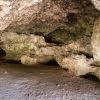 240144
240144
Moldavian Natural Monuments
The Moldavian nature is exceptionally varied and unique. This is a statement declared by all the researchers, that studied the territory between the Dniester and the Prut from ancient times to the present day. This feature is due primarily because of the peculiarities of geological development in the region located at the junction of several natural and geographical zones.
The purpose of the introductory article to this section does not include diving in the depths of such research, which is very interesting from the point of view of experts in geology, paleontology, archeology, geo-botany.
The following list suggests some very interesting, short and informative literature on these matters. For the cursory exploration of the stated theme it's enough to say that almost the entire surface of the country consists of sedimentary rocks, i.e. remains left after ancient warm seas disappeared, first being the Tortonian, and later the Sarmatian Sea.
It's also worth mentioning that in fact all the living people and creatures of these lands owe their lives to the remains of prehistoric era animals and plants that once-lived here. This is a reasonable explication of the variety of the Moldavian soils, even if the highest point is just 750m above sea-level. The Moldavian "mountains", or better said hills, are not stones, but they consist of the remains of living matter and almost all the minerals of the area are all remains of the same pre-historic creatures.
The sedimentary nature of the surface in the region is explained by the close proximity to the mountainous orogenic zone (the Carpathians) that ensures flexibility and mobility in the process that leads to a change in topography, flora and fauna, as well as in its diversity.
Another interesting fact is that in different geological ages representatives of tropics lived in this area such as: elephants, rhinos, giraffes and even marsupials, only later they were replaced by such northern representatives as mammoths, bears, bison, bulls, etc.
A certain influence on the shape of the Dniester-Prut stream areas were forced upon by the migration processes that constantly took place in these lands since ancient times. This in its turn affected the flora and fauna of the region, the ways of farming and the landscape changed as result of human activities; as examples we can name large scale deforestation, steppes and of hills slopes plowing.
Finishing this brief introduction to the subject we'll say that at the present time over 500 natural sites (conservation areas protected by the state) on the territory of Moldova have been described in detail. Many of them are quite unique and there's nothing alike anywhere else in the world. They are divided into 4 groups:
1. Geological and paleontological
2. Hydrological
3. Botanical
4. Ancient trees.
The first group is associated only with purely geological processes, as well as with the remains of plants and animals.
The second one was created due to the influence of the seas and rivers on the land.
The third group represents the Botanical reservations.
A separate group closely related to the botanical group is made for ancient and century-old trees, which represent not only natural, but also cultural and historical phenomenon.
The following table lists basic natural monuments of Moldova in details.
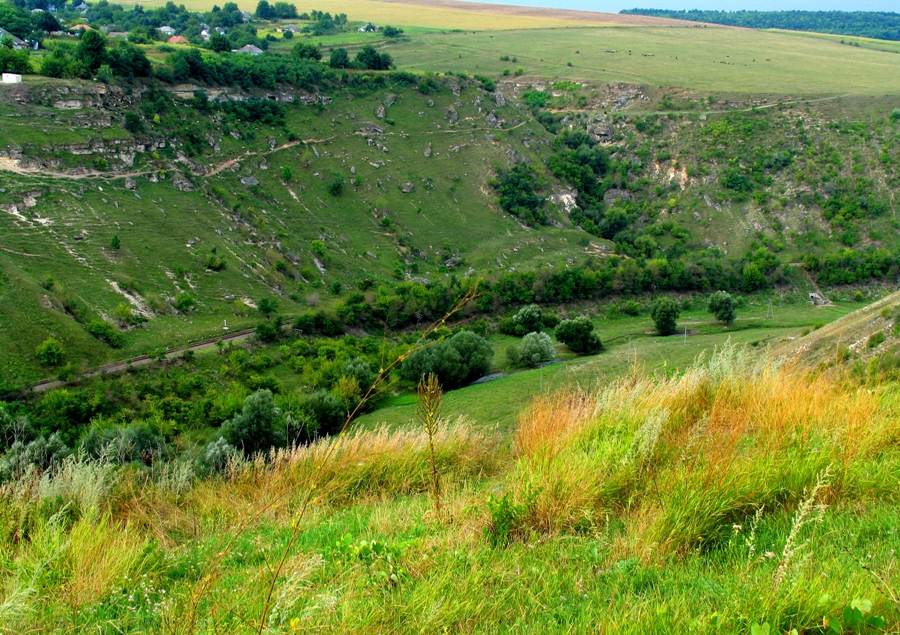
În contextul lansării programului ”Satul European”, ce probleme vitale există în localitatea dumneavoastră?
- Statut:
- Sat
- Prima atestare:
- 1786
- Populația:
- 473 locuitori
Sîrbeşti este un sat din cadrul comunei Ciutuleşti, raionul Floreşti. Satul Sîrbești este situat la o distanță de 15 km de orașul Florești și la 100 km de Chișinău. Conform datelor recensămîntului din anul 2004, populaţia satului constituia 473 de oameni. Prima atestare documentară a satului Sîrbești datează din anul 1786.





 20 aprilie - Calendarul celor mai importante evenimente din trecut și prezent
20 aprilie - Calendarul celor mai importante evenimente din trecut și prezent  MELODIA ZILEI: Victor Bondari - Radu Mamii
MELODIA ZILEI: Victor Bondari - Radu Mamii  Ce evenimente culturale vor avea loc în ziua de 20 aprilie
Ce evenimente culturale vor avea loc în ziua de 20 aprilie 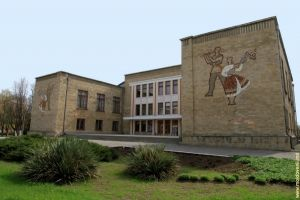 Moldografia: Casa de Cultură din Bender
Moldografia: Casa de Cultură din Bender 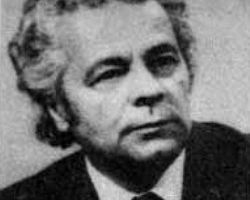 Ilie Bogdesco – maestru al graficii
Ilie Bogdesco – maestru al graficii  Gala Premiilor Patrimoniului Cultural 2024 - eveniment special, organizat în cap…
Gala Premiilor Patrimoniului Cultural 2024 - eveniment special, organizat în cap… 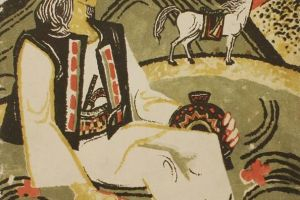 Creația populară: Eposul eroic
Creația populară: Eposul eroic 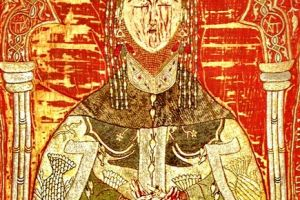 Maria de Mangop – o prințesă bizantină pe tronul Moldovei
Maria de Mangop – o prințesă bizantină pe tronul Moldovei  Doru Petruți: ”Cel mai agresiv electorat este fix cel pro-european”
Doru Petruți: ”Cel mai agresiv electorat este fix cel pro-european” 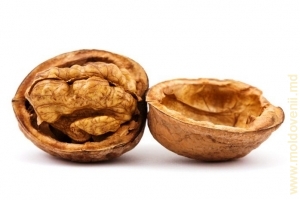 De ce sînt folositoare nucile
De ce sînt folositoare nucile 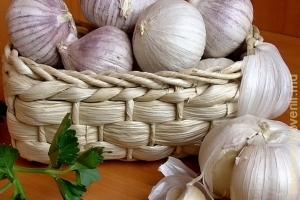 Rețeta care aduce sistemul imunitar la cote maxime
Rețeta care aduce sistemul imunitar la cote maxime 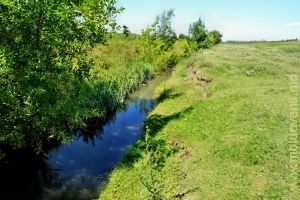 O călătorie pe rîul Larga (Foto)
O călătorie pe rîul Larga (Foto)  21 aprilie - Calendarul celor mai importante evenimente din trecut și prezent
21 aprilie - Calendarul celor mai importante evenimente din trecut și prezent  MELODIA ZILEI: O-Zone - De ce plîng chitarele
MELODIA ZILEI: O-Zone - De ce plîng chitarele  Ce evenimente culturale vor avea loc în ziua de 21 aprilie
Ce evenimente culturale vor avea loc în ziua de 21 aprilie 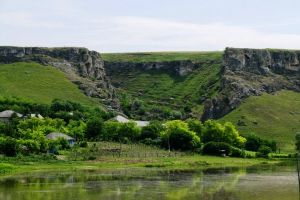 Moldografia: Începutul defileului de la marginea satului Duruitoarea Veche
Moldografia: Începutul defileului de la marginea satului Duruitoarea Veche 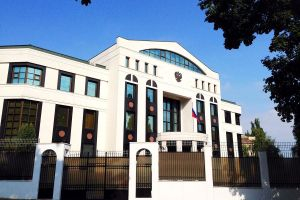 Ambasada Rusiei a mulțumit pentru înlăturarea consecințelor profanării monumente…
Ambasada Rusiei a mulțumit pentru înlăturarea consecințelor profanării monumente…  Nicolae Eșanu: "Constituția nu prevede introducerea anumitor modificări în baza…
Nicolae Eșanu: "Constituția nu prevede introducerea anumitor modificări în baza… 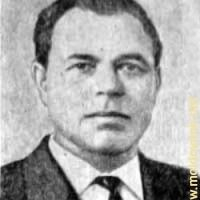 In memoriam Chiril Iliașenco
In memoriam Chiril Iliașenco  10 mituri despre recensămînt, demontate de Biroul Național de Statistica
10 mituri despre recensămînt, demontate de Biroul Național de Statistica 